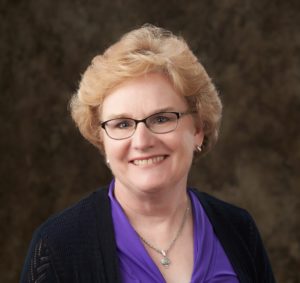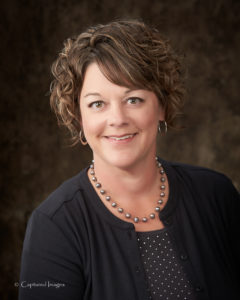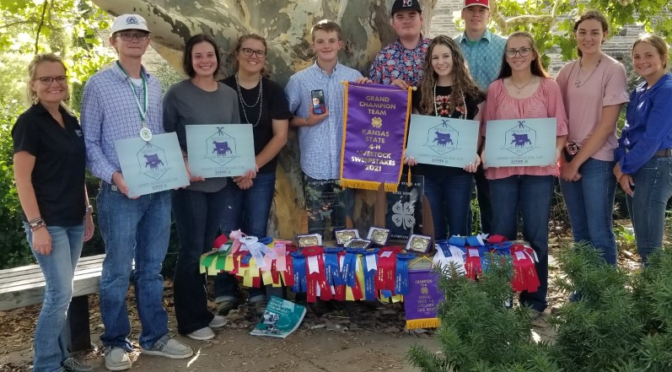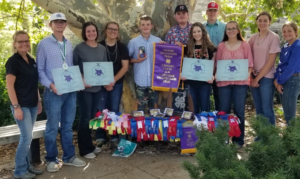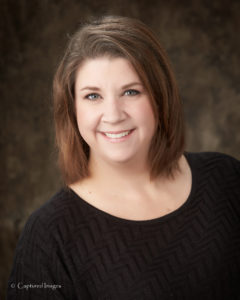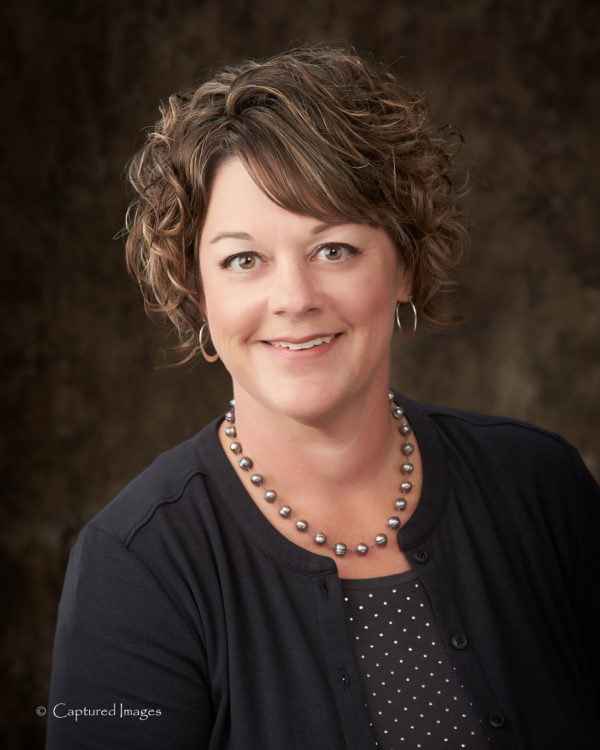
District Extension Agent, Horticulture
Southwind Extension District
111 S. Butler
Erie, KS 66733
Office: 620-244-3826
Cell: 620-496-8786
When it comes to weather, this fall has been a pretty good one in my opinion. But it won’t be long and winter will be upon us. Before the bitter cold hits, fall lawn weed control and fertilization needs to be done.
Lawn weeds are probably the last thing on your mind right now. But think back to last spring. Did you have a purple cast to your lawn from henbit or a good crop of dandelions? If so, believe it or not, they were already growing in your lawn last fall!
Cool season broadleaf weeds such as henbit, dandelions and chick weed all germinate in the cool moist periods of September and October. They overwinter as small plants, barely visible unless you get down close to the ground to look. Once warm weather arrives in the spring, the plants grow rapidly and flower.
Fall control is ideal for these cool season broadleaf weeds. The weeds are storing food in their roots and will send a leaf applied herbicide to their roots as well. The herbicides will translocate to the roots and will kill the plants from the roots up. These plants are also small and easily controlled right now.
There are several products on the market that are effective on these fall germinating weeds. Herbicides such as 2,4-D or combination products that contain 2,4-D, MCCP and Dicamba, sold under the trade names of Trimec, Weed-B-Gon, or Weed-Out, can be used. A product called Weed Free Zone is also an option. It contains the three active ingredients mentioned above plus carfentrazone.
Newly planted lawns should not be treated with any herbicide until the new grass seedlings have been mowed two or three times depending on the product. Read and follow label directions closely.
Herbicide drift can be a problem during the spring when warm temperatures prevail along with winds. The cooler fall temperatures and the dormant state of most plants reduce this problem considerably, making it an ideal time for application.
As we enter November, it is also the time to give cool-season lawns the last nitrogen application of the season. Why November? November is a good time because it will really help the grass next spring. As the top growth slows due to the cool temperatures in November, grass plants continue making food (carbohydrates). Carbohydrates that are not used in growth are stored in the crown and other storage tissues in the plant. These reserves help the turfgrass green up earlier in the spring and sustain growth into May without the need for early spring nitrogen application.
How much fertilizer should you apply? One to 1½ pounds of actual nitrogen per 1,000 square feet of lawn area is sufficient. A quick nitrogen carrier such as urea or ammonium sulfate should be used.
Take action now to have a beautiful, weed-free lawn next spring!
Krista Harding is a K-State Research and Extension Agricultural agent assigned to Southwind District. She may be reached at [email protected] or 620-244-3826.
K-State Research and Extension is an equal opportunity provider and employer.

